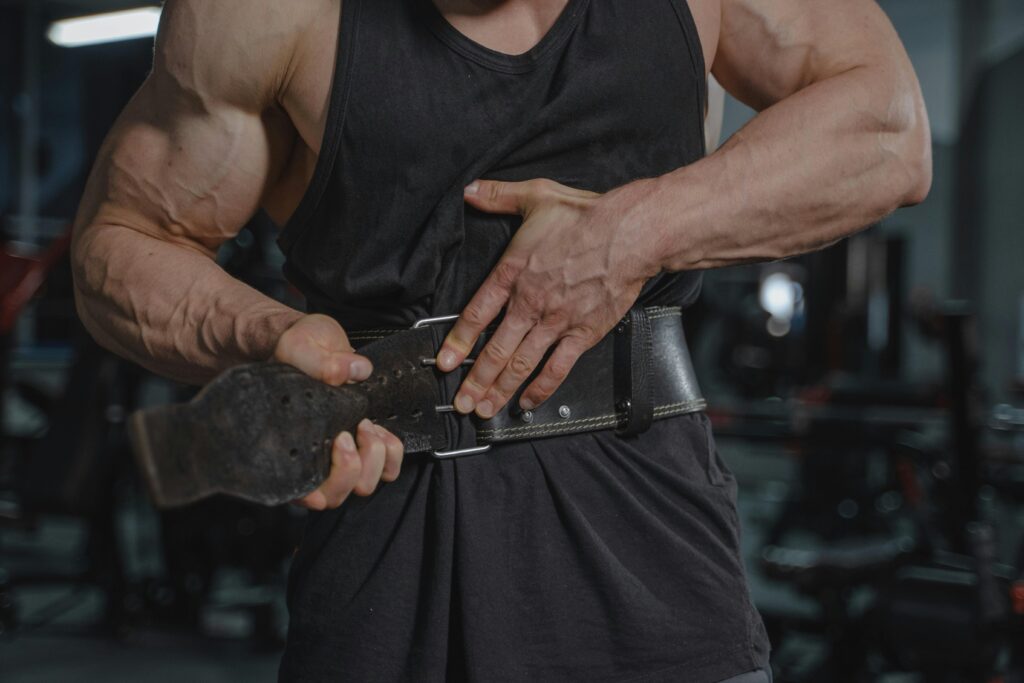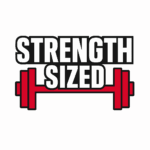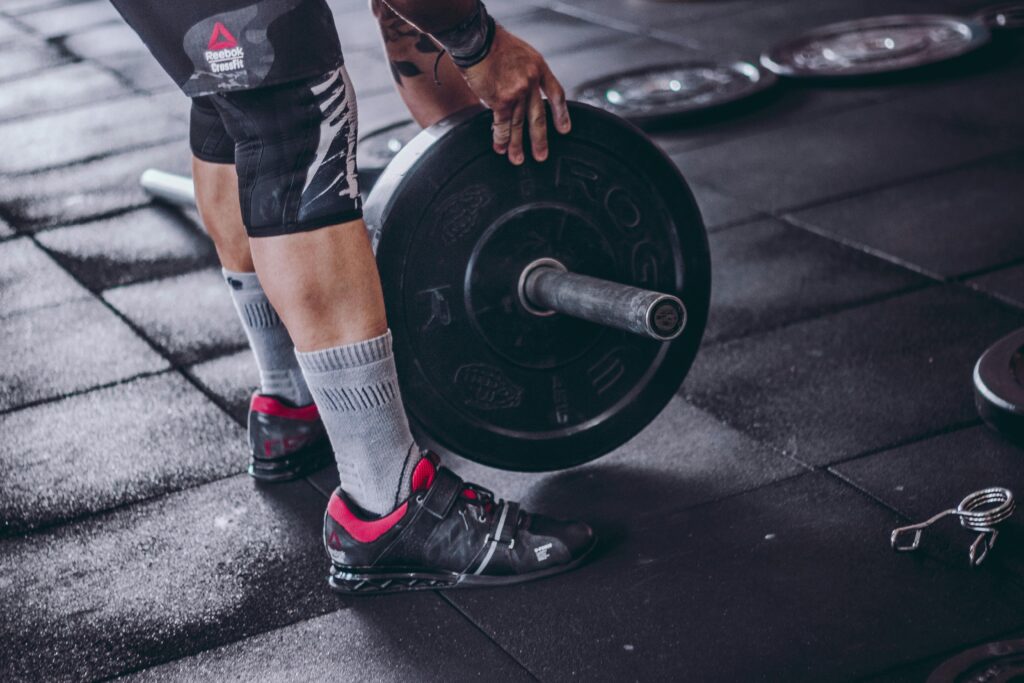Finding the right weightlifting belt size isn’t just about picking the correct length for your waist. The width and thickness of the belt also play a big part in how it fits and performs during lifts.
The wrong belt can dig into your ribs or restrict movement. The right one disappears into the lift, offering support without getting in the way. In this guide, we’ll cover how to choose the best-fitting belt for your body and training style — including whether you’d benefit from a 3-inch belt instead of the standard 4-inch.

Why “Size” Isn’t Just About Waist Measurement
Choosing the correct size belt length-wise is of course important, and manufacturers usually have a guide for choosing the right size for your waist circumference measured where the navel is. For the belt to be useful, it has to be tight enough so you can properly brace against it, but not so tight that you can’t breathe.
But belt width is just as important, especially for smaller lifters. The standard belt height is 4 inches all around. While this works for many people, it can dig into the ribs or hips of shorter lifters or those with a shorter torso. In those cases, a 3-inch belt offers the same core support, but with greater comfort and freedom of movement — especially during deadlifts or Olympic lifts where a bulky belt can get in the way.
3-Inch vs 4-Inch Belts: Which One Fits Better?
A 4-inch belt is the default size for most lifting belts. It provides plenty of surface area to brace against and works well for average to taller lifters. But for smaller lifters — especially women, shorter men, or those with a compact torso — 4-inch belts often ride too high, digging into the ribs or catching on the hips.
That’s where 3-inch belts shine. They’re slightly narrower, making them much more comfortable without sacrificing support. You’ll still be able to brace effectively, but with better range of motion, especially in deep positions like deadlifts or cleans.
If you’ve ever felt like your belt was in the way during a lift, or you had to compromise your position to avoid pinching or bruising, you’ll likely benefit from a narrower belt. For lifters with smaller frames, choosing the proper weightlifting belt size can make a huge difference in both performance and comfort.
Belt thickness
The thickness of the belt also matters. Most weightlifting belts are 10mm thick, though 13mm versions are common. For smaller lifters, the extra thickness of a 13mm belt can dig into the ribs or hips during lifts. If you’re able to pull if off, a 13mm belt will offer a bit more support for your core while bracing, but 10mm is a safer choice, especially for your first belt.
Material and Closing Mechanism
Once you’ve figured out your belt width, the next step is choosing a material and closure system.
Leather belts are stiff, durable, and provide excellent support for heavy lifting. They take some time to break in but last for years. If you’re serious about powerlifting or max-strength training, a leather belt is worth considering.
Nylon belts are lighter, more flexible, and often use a Velcro or self-locking mechanism. These are great for general strength training, CrossFit, or for lifters who want a belt they can wear comfortably for most of a session.
As for closures:
- Single-prong or double-prong belts are simple and secure.
- Lever belts are faster to put on and take off but are more expensive and require a fixed hole setup.
- Velcro/self-locking belts offer speed and adjustability, but aren’t always as secure under max loads.
Weightlifting Belt Size: How to Measure and Avoid Fit Issues
To get an idea which size would fit you better, you can measure the length of your torso from the top of your pelvic bone to the bottom of your ribs. If a 4-inch belt would fit easily into this space, you’re probably good. If it’s a closer fit, it can work well for squats and overhead press for example, but you could run into issues with deadlifts and olympic lifts.
Some smaller-waist lifters also manage to pull off deadlifts with a 4-inch belt by wearing the belt a bit higher than normal, and maybe a hole looser than normal.
Recommended Belts for Lifters of All Sizes
As an Amazon Associate, we earn from qualifying purchases. This helps support the site at no extra cost to you.
Here are a few quality lifting belts in various sizes:
- Dominion Strength 3-Inch Leather Belt: Stiff and supportive, made in the USA, available in XS.
- Pioneer Cut 4-Inch Belt: Innovative offset hole design for micro adjustments, excellent for the perfect fit.
- Starting Strength 3-inch Belt by Dominion Strength: Quality belt by Dominion Strength with Starting Strength branding.
- Schiek Nylon 6-inch Belt: Nylon belt with self-locking buckle.
Final Thoughts
Choosing the right belt isn’t just about picking a size — it’s about finding a fit that supports your training without getting in the way. For smaller-framed lifters, a 3-inch belt can provide all the support of a traditional belt with none of the discomfort.
Whether you’re deadlifting, squatting, or just looking to train more safely and effectively, the right belt can make a huge difference. Fit matters — and your training deserves gear that actually works with your body, not against it. No matter your body type, getting the right weightlifting belt size will help you train more safely and effectively.
See our full breakdown of which lifting accessories actually help.

